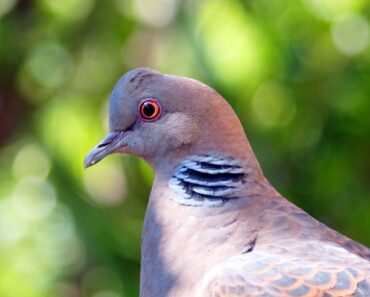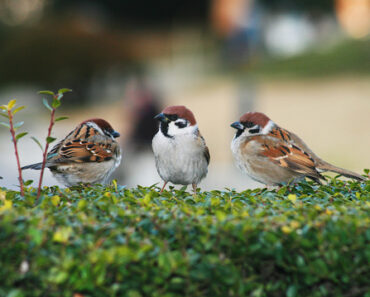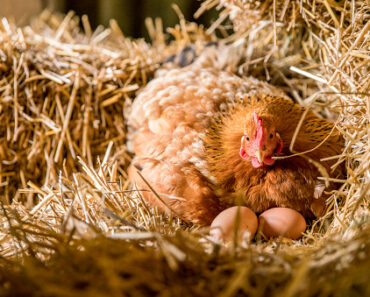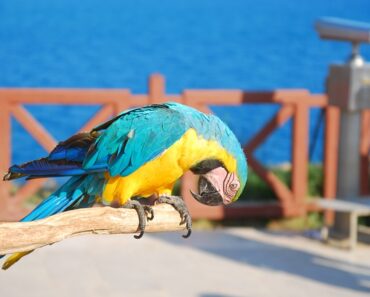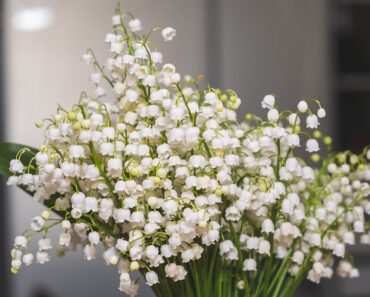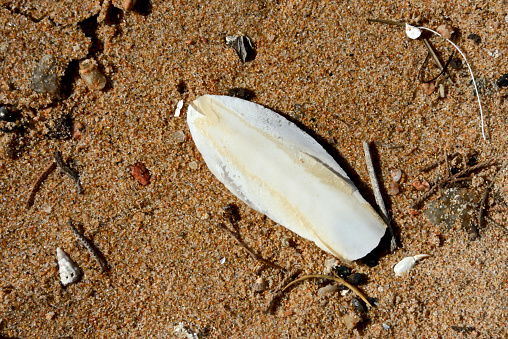
In the wild, birds generally find food in their environment to meet their needs. In captivity, it is up to their owners to ensure that their diet is adapted and provides them with everything they need to live a healthy life. In particular, it must be careful that the food provided does not create deficiencies. From this point of view, the cuttlefish bone plays an essential role in the birds’ diet.
Feeding your domestic birds well
In order to feed your domestic birds properly, it is fundamental to know the diet that corresponds to them. There are indeed many species of birds and each of them requires a specific diet. If the diet is not adapted, the bird can get sick or even die.
Beyond the details of the diet of each species of bird, there is a basis shared by all species: calcium. It is essential to the vitality of the bird’s skeleton and the eggshell, if it lays eggs.
A diet deficient in calcium leads to bone disorders: the beak softens, the bird may have difficulty walking, the young do not develop properly, and there is a greater risk of fractures. Such deficiencies can also cause convulsions, egg retention or skeletal deformation such as scoliosis.
Why give cuttlefish bone to your birds?
Dairy products are not at all part of the birds’ diet, so they must be fed in another way: this is the role of cuttlefish bone provided to the birds in their cage. Calcium also plays a role in the birds’ digestion by facilitating it. It is important to integrate the fact that the ingestion of calcium alone is not enough. It is also necessary to provide the bird with vitamin D3, one of the roles of which is to fix calcium.
Some birds may not touch the cuttlebone. It depends on the individual: some will taste everything you give them, while others will concentrate on particular foods, neglecting others altogether. One solution is to supplement water with soluble calcium powder.
The right dosage
If a deficiency is detrimental to the development of the bird, on the other hand, an overdose will not be harmless either. The risk of overdose is not in the calcium intake itself but in the vitamin D3 intake. This is why cuttlefish bones can be placed unattended for consumption at will.
Intoxication with this vitamin can cause mineralization of soft tissues – the so-called calcification phenomenon – especially in the kidneys and digestive tract. Other symptoms can also be observed: anorexia, lethargy, diarrhea, reduced reproduction.
In nature, it is sun exposure that allows the synthesis of vitamin D3 (this is true for us too!). But even if the cage is placed at home in a bright place (but not in full sun), modern windows absorb a lot of UV rays: daylight is therefore not sufficient if the exposure is not done with open windows. In this case, fluorescent tubes that produce UV will be particularly useful. This is the technique that comes closest to the natural mechanism and there is no risk of overdosing.
During the breeding season it may be necessary to give the birds more vitamin D3. Vitamin D3 is present in fish oils and can therefore be included in a homemade diet. It is also available in the form of tablets sold in most pharmacies under the term “cholecalciferol” to be dissolved in water. These last two methods are the most risky from the point of view of overdosage. It is therefore advisable to limit intakes to stay below the maximum doses, given the serious disorders that this can cause in the bird.
But by the way, what is cuttlefish bone?
Cuttlefish bone is a hard and brittle internal structure, composed mainly of aragonite. This substance is a mineral composed of calcium carbonate, magnesium, iron and strontium, but also copper and zinc in very small quantities. It is a porous shell that the animal mobilizes to manage the depth at which it moves in the sea. This shell contains gases that are more or less compressed to go up or down.
Cuttlefish bones are not only useful for birds.
Cuttlefish bone is known in traditional Chinese and Indian medicine for its effectiveness in healing bones and wounds. However, allergies have been observed due to the presence of certain proteins such as tropomyosin. The presence of certain heavy metals also poses problems of side effects.
Strontium, on the other hand, is a little-known element to the general public, unlike calcium. It is absorbed by the digestive tract through the same mechanisms as calcium. It has a great affinity for the bone in which it accumulates, but it is eliminated through the urinary tract in greater quantities than calcium. Taken alone orally, it causes bone disorders. But these disadvantages disappear when it is taken in combination with calcium: it then promotes the formation and development of tissues (histogenesis) and could limit the development of osteoporosis.
A drug, strontium ranelate, has been marketed for the treatment of post-menopausal osteoporosis. While it has reduced the risk of vertebral and hip fractures, it has been suspected of increasing the thromboembolic risk and the risk of myocardial infarction. That is why its prescription was discontinued in 2017.
Research has therefore focused on this material, which is all the more promising because it is natural, inexpensive and abundant. It is indeed easy to collect cuttlefish bones that wash up on beaches. The combination of biomedicine and pharmaceutical engineering has made it possible to purify it of any side effects. Lithuanian researchers have, for example, worked on the development of bone implants in dental surgery by combining the cellulose of cuttlefish bones with calcium alginate capsules. These devices have the advantage of disappearing naturally during the healing process. Cuttlefish bone can also be used in the composition of suppositories treating hemorrhoids, as well as in healing creams.
Do you have artistic fiber?
If you have it, you can definitely consider giving free rein to your creativity: cuttlefish bone is a porous and brittle material that is easy to sculpt. As it easily turns to dust, you must stabilize the material to ensure the durability of your creations.
The French poet and writer André Breton tried his hand at it from time to time, sketching on these natural mandorles small characters and abstract rounded shapes. Why not you?

